Mitsubishi A6M5 – Japanese Surrender Markings, 1945
Coincidental to Dmitry's earlier posting of his 1/72 Airfix Zeke, here is Tamiya's 1/32 A6M5 in surrender markings, completed this weekend. I bought the kit second-hand a year ago, sprues still bagged as new, and with two Eduard aftermarket etch sets included, for internal areas.
The apple-green crosses were hastily applied to all Japanese service aircraft upon the Emperor's announcement of the Empire's surrender. They were applied in a variety of styles, in some cases simply painted freehand adjacent the hinomarus, in others, as in this example, they were painted over a wash coat of white at national marking locations.
The surrender delegation who were to meet MacArthur were instructed to arrive in Betty bombers which were stripped of all armaments, painted completely white, and the green crosses applied in place of the Japanese national markings, to add to Japanese humiliation.
When the Allied forces arrived in Japan, they were surprised at the large number of servicable aircraft available, so it was not the case that "crossed" aircraft represented poorly maintained or abandoned airframes.
The crosses here represent irregular, hastily applied symbols.Colours used are from White Ensign Models. In addition to the items noted above, I've added wiring and a few pipes to the engine.
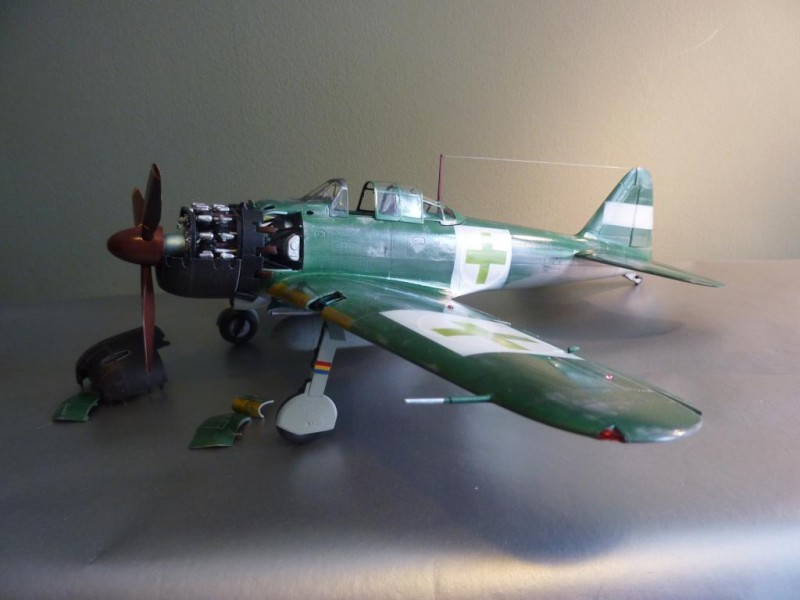
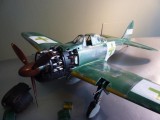
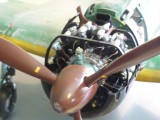
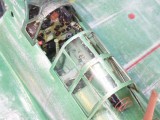
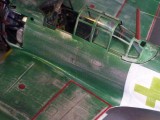
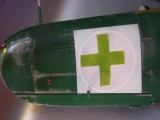
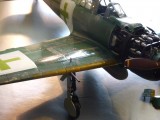
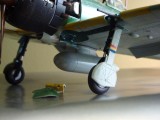
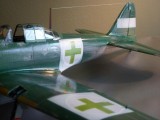
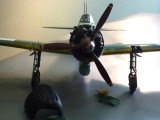
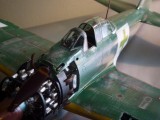
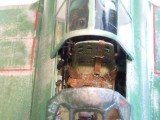
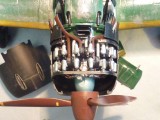
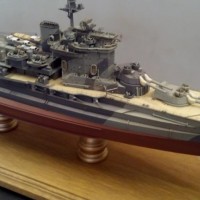
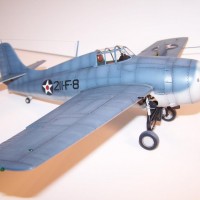
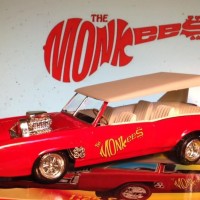
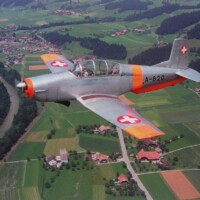
Interesting story, I didn't know about that. Nice model with unusual markings!
Really nice looking model and interesting (and unknown to me) piece of history. I like the weathered plane with the fresh-looking surrender markings applied over top. Especially like the extra work you put into the engine as well. Nice.
Great Zero. Love the paint job.
I remember seeing footage of the Betty's landing with the scheme you've depicted. I don't recall them being overall white, however. In any event, by replicating "hastily applied" markings, it gave you some wiggle room, right? No such thing as being 'wrong'. Nice job on the build. By the way, do you (or anyone here) know why many Japanese aircraft had those rust-colored props? Was that natural or primer or what?
The red-brown (FS0109 or FS0111) was a kind of primer as far as I know. Only front-line units had any sort of camo on the airframe in any case. Those units on or near mainland Japan usually were factory bare metal, except for the anti-glare panel. Paint application varied from spray to brushes. Harsh Pacific conditions usually dulled field applied camo, but archive photos indicate high gloss finishes when paints were pristine. My finishes on the A6M5 are a combination of gloss/semigloss/matte varnishes to replicate 'slow fade', but frankly it's hard to pick up in the photos here because of light reflecting off the surfaces generally.
Nice clean build, fantastic cockpit wear and tear. Interesting bit of WWII history regarding the surrender paint scheme.
Nice build there Rob, great story to go with it as well.
Thanks for sharing mate.
Well done sir.
Another well done model Rob. You have a knack for picking out of the ordinary subjects.
Rob,
Outstanding build. This is so realistic looking. I like the way you have done the wear on the finish. Some look to have more chipping but I like the worn look that you have done. I do it similarly with "Rub n Buff". Plus unlike Dimitry's little gem I would be able to see what I was doing in this scale. Masterful workmanship.
Rob, excellent job on what looks like an excellent kit. Is this the best Zero kit? Looks like it might be. Interesting comparing "chipping" versus "wearing" of the paint, as Frank Cronin discusses. It does seem like wearing might be the more likely thing that happens. Maybe sometimes even a combination of the two? But I like the way you have done it. Also enjoyed reading about the application of surrender markings. A perfect job all around. Thanks!
I guess it depends on the definition of 'best'. Certainly there are a number accurate kits on the market in 1/72 and 1/48, with sufficient details to make for an interesting build. Arguably, the 1/32 Tamiya offerings are the most complex, and with remarkable levels of detail, with the option of sprung/hinged retractable undercarriage, masks, metal tab hinges for flaps and ailerons, and other in-kit etch, and this without resorting to aftermarket items.
Very nice work - the result is very realistic. One minor niggle - that photo of the "real thing" is an A6M3 Model 22. Pretty sure you're just quoting a bad caption. It's the wing tip beyond the end of the aileron that's the visual "tell."
Yes I know it's not an M5. I just chose it as an example of an aircraft marked as discussed. I happened to find the Australian site that had several images of various aircraft in surrender markings, which included various fighters and a few bombers across the Pacific area.
Of interest too was a photo of the Betty crew who flew in the surender delegation to meet MacArthur. They are sitting under the wing of their plane to get out of the sun, but the caption notes that none of them are looking at the camera, which is a formal acknowledgement of their humiliation.
This turned out to be one of those modellng experiences that offered up a wealth of interesting historical detail outside the modelling subject itself.
Nice back story Rob ,I didn't know that.
N.
Very interesting, very unusual marking. Nicely done, Rob!
Very well finished and researched model, Rob, well up to your usual high standards.
Thank you Rob for a great build. I too was not aware of the surrender paint scheme.